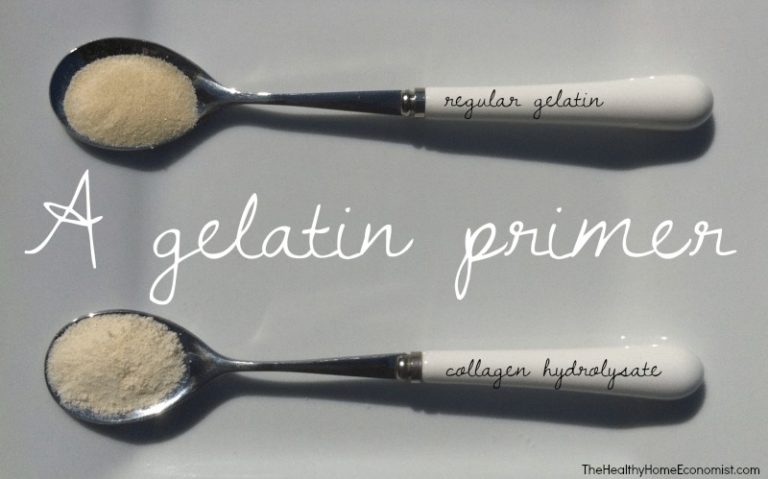

This is an open access article distributed under the terms of the Creative Commons Attribution License, which permits unrestricted use, distribution, and reproduction in any medium, provided the original author and source are credited.ĭata Availability: All relevant data are within the manuscript and its Supporting Information files.įunding: Artima was awarded byThailand Science Research and Innovation (TSRI) (No. Received: FebruAccepted: JPublished: June 18, 2021Ĭopyright: © 2021 Lueyot et al. PLoS ONE 16(6):Įditor: Bing Xu, Brandeis University, UNITED STATES (2021) Influence of collagen and some proteins on gel properties of jellyfish gelatin. Thus, the lack of these 3 collagen types influences the inferior gel properties of jellyfish gelatin.Ĭitation: Lueyot A, Rungsardthong V, Vatanyoopaisarn S, Hutangura P, Wonganu B, Wongsa-Ngasri P, et al. Proteomic analysis shows that 29 proteins, of which 10 are types of collagen proteins and 19 are non-collagen proteins, are common to all BG, FG, and JFG1, and that JFG1 is missing 3 other collagen proteins (collagen alpha-2 (XI chain), collagen alpha-2 (I chain), and collagen alpha-2 (IV chain), that are important to gel networks.

The gelling and melting temperatures of JFG1 were 7.1☌ and 20.5☌, displaying a cold set gel and unstable gel at room temperature, whereas the gelling and melting temperatures of FG and BG were 17.4☌, 21.3☌, and 27.5☌, 32.7☌, respectively. The results show that the jellyfish gelatin (JFG1) extracted with 0.1 M HCl at 60☌ for 12 h delivered a maximum gel strength of 323.74 g, which is lower than for FG and BG, exhibiting 640.65 and 540.06 g, respectively. The resultant jellyfish gelatin with the highest gel strength (JFG1), as well as two commercial gelatins of fish gelatin (FG) and bovine gelatin (BG), were analyzed by liquid chromatography-tandem mass spectrometry (LC-MS/MS). Different pretreatment by hydrochloric acid (HCl) concentrations (0.1 and 0.2 M) and hot water extraction time (12 and 24 h) were studied as factors in jellyfish gelatin extraction. Therefore, the study aimed at characterizing jellyfish gelatin extracted from by-products, that are i.e., pieces that have broken off during the grading and cleaning step of salted jellyfish processing. No comparison has been made between marine gelatin of fish and that of jellyfish, regarding protein type and distribution differences. To date, the lack of identified proteins in gelatin has limited the understanding of differentiating intrinsic factors quantitatively and qualitatively affecting gel properties. Jellyfish has been chosen for this gelatin research, in view of the benefits of its main collagen protein and lower fat content, which may reduce the amounts of chemicals used in the preparative steps of gelatin production. Marine gelatin is one of the food proteins used in food and non-food products, offering desirable functionalities such as gelling, thickening, and binding.


 0 kommentar(er)
0 kommentar(er)
